Continuing the ongoing series of interviews with creative artists working on various aspects of movie and TV productions, it is my pleasure to welcome David Heinz. In this interview he talks about the transition of the industry to digital, the evolution of tools at the disposal of filmmakers to bring their stories to our screens, the role of an editor in that process, and whether great visual effects can save a bad story (spoiler alert, they can’t). Around these topics and more, David goes back to his earlier work on the two “Planet of the Apes” movies and the rise of motion caption performances, his collaboration with other key storytellers throughout the process, and dives deep into the last 2.5 years that he spent working on the just released “The Call of the Wild”.
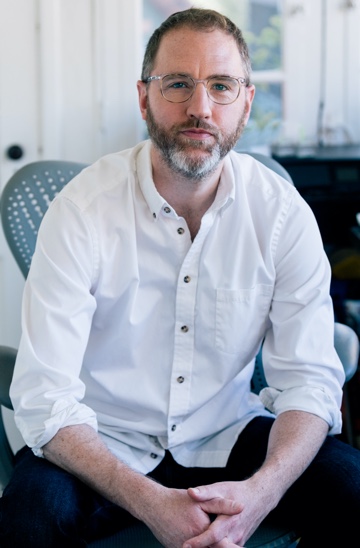 Kirill: Please tell us about yourself, and the path that took you to telling these stories.
Kirill: Please tell us about yourself, and the path that took you to telling these stories.
David: For me it’s always been about being sucked into that rectangle that can take you into any place in time and story, and make you empathize with a character who is quite different from myself. That to me is the key, and I’ve had that experience and that relationship with movies my whole life. I was enamored with it.
I remember watching movies since I was a kid. I grew up watching things like “Raiders of the Lost Ark” and “Back to the Future” early in my life. I remember not only being drawn to the story and the characters. I also remember appreciating the fact that I could sit down and watch those films with my family, and we could all just enjoy it and have a good time.
Movies were a part of my family’s life growing up. My dad had a Super 8 camera, and I would play around with it a little bit. And then he got a Hi8 video camera, and I started playing with that. I was filming things with friends, and I would do any school project that I could possibly do as a video or a movie instead of a paper [laughs], even if that meant trying to convince my friends to do five takes of something when they were bored after the first take. I’d then try to edit those pieces together using a VCR and my dad’s camera, pressing pause and record on one and then trying to quickly time out everything.
But it was just a hobby. I loved watching movies and I loved making movies, but I never really thought of it as a potential career. I grew up near Chicago, and there weren’t a lot of people in my family or in our larger circle in that field. There was no precedent in my family for pursuing a creative profession, so I never really considered it.
When I was in high school, Wes Anderson’s first movie called “Bottle Rocket” came out and I just fell in love with it. I had an interesting personal connection to that movie – in a different way than I had with films prior to that. There was something about the specificity of his style of humor and aesthetic that felt so in line with what I was drawn to at that point in my life. It felt like that film was personally speaking to me in a way that made me want to know who these filmmakers were. Who was Wes Anderson? Who was Owen Wilson? Who was Luke Wilson?
That movie came out in 1996 and I was about 16 at the time. And as I read more about who these guys were, I realized that they’re just regular, average human beings. I realized that all the people who were making movies for a living were just people who chose that as their given profession. There was something about it that clicked for me at that moment. I was in that period of time where I was starting to think about going to university, what I might study, where I might go and what I might do for the rest of my life. I really felt like I needed to give this a go.
I ended up going to business school for one year and I didn’t like it at all. I dropped out and I transferred to film school in Chicago. Then I finished my studies in Los Angeles and moved out to California. I didn’t know anybody, I didn’t have any job prospects or anything of that sort. I came out here with a tiny bit of money saved up, hoping something might you know happen.
And nearly 20 years later I’m still here.
Kirill: Is there still anything particularly unexpected or surprising for you when you join a new production?
David: Something that’s vastly different on every movie I’ve done has been understanding the director’s process, respecting that and trying to give the director the space they need for their creative process. Every director is completely different.
Matt Reeves, for example, will sit at the AVID with the editor and will go through every single take from top to bottom. On every single setup, every single shot, every single scene he will work chronologically through the movie. That’s just how he works. He works meticulously and diligently from the beginning to the end. And when he gets to the end, he goes back to the beginning and he does the same thing. That’s Matt’s process.
Other directors are not that way. Other directors would prefer to keep fresher eyes on the cut. They’ll give overarching large notes and then they’ll step away to let the editor those notes and try to implement the changes as they see fit. Then they’ll come back and look at it.
Chris Sanders who is the director on “The Call of the Wild” has an animation background. His process has a lot to do with storyboarding. He will come into the cutting room, and he’ll bring a pad of paper and a set of pencils, and he will be sketching as we’re cutting things. Sometimes we cut those storyboards into the cut and sometimes we don’t. I think it’s just part of how he thinks and how he writes.
Part of my job is trying to create an environment that the director can do their best work in, and every director works differently. That’s something every editor has to honor. It always takes a little bit of time to figure out each director’s process when you work with them the first time.
Kirill: When do you usually get involved with your productions?
David: On some of the smaller movies I’ve worked on, for budgetary reasons I haven’t started until they were just about to finish filming. But usually I start right around the time the film begins first shooting, or sometimes a couple weeks before.
On “The Call of the Wild” that was not the case. I started that film nearly a year prior to any shooting whatsoever, because the main character is a fully computer-generated, animated character. On a normal movie I would get the dailies, see what the actors have done and try to help craft a performance for the main character. But there was none of that on this film, so the planning and the prep work had to be much more detailed than they would be normally.
Chris Sanders the director, Ryan Stafford the executive producer and a large team of storyboard and pre-vis artists were working on the film well in advance of shooting. And they needed editorial help to put all of those elements together and create a cohesive story.
It was a real luxury as an editor to be involved that early. I was able to look at early drafts of scripts and help Chris visualize how he might put a scene together, how we might think about transitions in and out of scenes, how we might create a montage before we’ve ever filmed it.
Going back to your question, that is not typical. But it was a great opportunity on this movie.
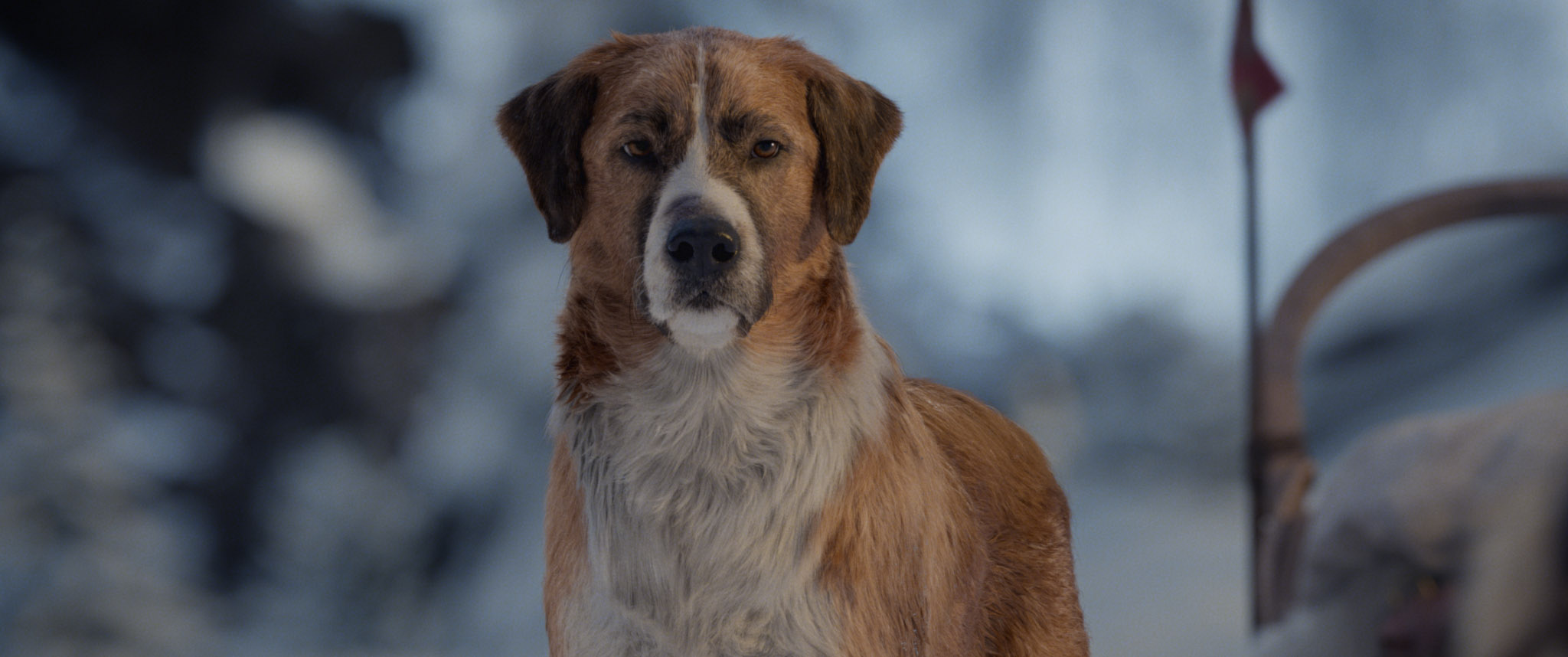
“The Call of the Wild”, image courtesy 20th Century Studios/Disney.
Continue reading »
Continuing the ongoing series of interviews with creative artists working on various aspects of movie and TV productions, it is my pleasure to welcome Amy Williams. In this interview she talks about changes in the world of feature and episodic productions in the last few years, doing research, choosing the stories that she works on, and the hidden complexity of everything that goes into bringing these stories to our screens. Around these topics and more, Amy dives deep into her work on the just released “Little America”, an authentic, heart-warming mosaic of immigrant stories of America in the last few decades, all based on real stories.
Kirill: Please tell us about yourself and what drew you into this field.
 Amy: My name is Amy Williams, and I’m a production designer. I wish I had known that this field existed when I was studying art at university. I really wasn’t clued into it even though I studied film. They don’t talk about the behind-the-scenes artists as much as they do about the directors and actors.
Amy: My name is Amy Williams, and I’m a production designer. I wish I had known that this field existed when I was studying art at university. I really wasn’t clued into it even though I studied film. They don’t talk about the behind-the-scenes artists as much as they do about the directors and actors.
I studied film in school, but my primary focus was art history. I moved to New York City in the early 2000s to work in the art world. I started interning at a gallery, and eventually became a manager of a gallery. I’ve curated a few shows, working with a lot of amazing artists. Some were even my heroes. But there was something about working in a quiet white space, helping others with their career but not creating anything on my own.
I was having a conversation with a friend of mine, and they had a friend of a friend who scouted locations. I thought it could be great – to incorporate my love of architecture and composition. So I started taking internships, working on student films and getting introduced to this art form. I quickly figured out that the art department was where I wanted to be. I started art directing commercials without knowing what I was doing [laughs], and from there you meet more people, you get a hold of more projects and you just start creating. It was a pretty fast realization that this was my dream job, and now here I am making amazing film and TV series.
Kirill: Is there anything that still manages to surprise you when you join a new production?
Amy: I’m still surprised by every single show I do. There’s a new experience, there’s a new story to explore, a new problem to solve that I haven’t been exposed to. It may be figuring out how to build a hospital room that floods, or diving into research about what a Nigerian immigrant’s home should look like. You get to learn and absorb a lot about the world.
I think the biggest surprise for people working in the industry is just how many moving parts there really are to create this. Going into it, you romanticize the art of it. But you don’t really know how much of the politics, the management and the people skills you need to handle on a daily basis. I wish it was all creative, but it’s not [laughs]. There’s a lot of logistics to work out, and there’s a lot of personalities to navigate.
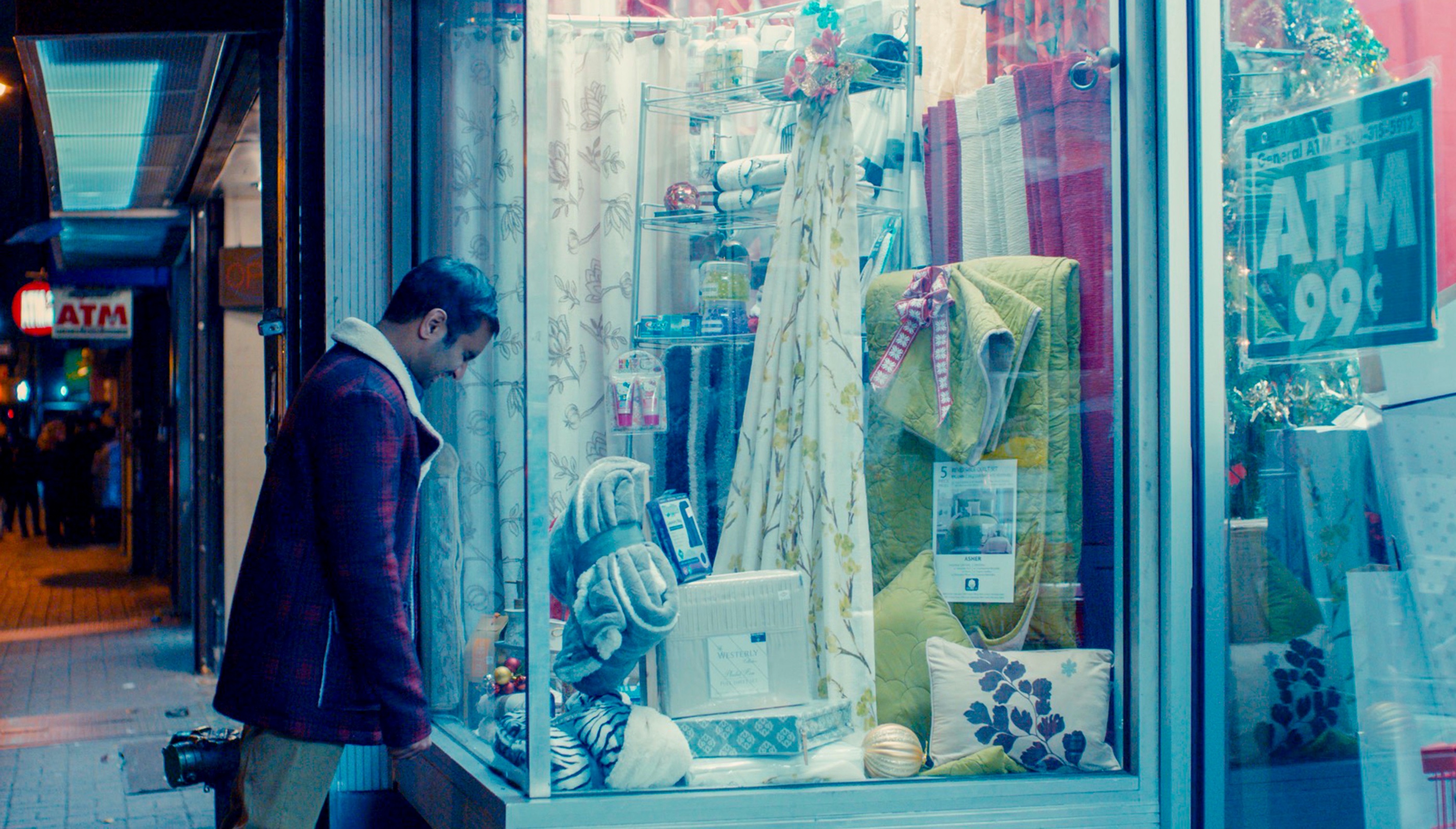
Production design of “Master of None”. Courtesy of Amy Williams.
Kirill: When you talk about what you do with somebody who is not in your field, is it difficult to convey this complexity of being a production designer on a feature or on a TV show?
Amy: Definitely. To start off, most people don’t know what the title of production designer means. It doesn’t tell you right away what my responsibilities are.
If a person isn’t familiar with film, I usually start by saying that I do the art direction on films, I take care of the environments and the sets. It’s even as simple as saying that I’m in charge of the visual look of everything you see on camera that doesn’t have to do with the actors. People are curious and they become engaged, because it is an interesting job.
Kirill: Do you find that there are some aspects of it that get a bit easier as you gain more experience?
Amy: Every production is its own challenge, but you do get better prepared to navigate the situations more smoothly. As I’m sure it is with any industry, as you gain more experience and you take on bigger projects, you work with more people. You really have to support people you work with, trust their skill sets and delegate responsibilities if you’re going to be successful. That’s the part that continues to grow and evolve.
Kirill: Is there any part of your job description that you wish to skip and have it somehow just “take care of itself”?
Amy: Budgets are not my favorite part. I’m not into any of the math that has to go into it [laughs]. My only other complaint about the job would be the hours that our industry has created as the minimum and as the mandate of what needs to happen to get a job finished.
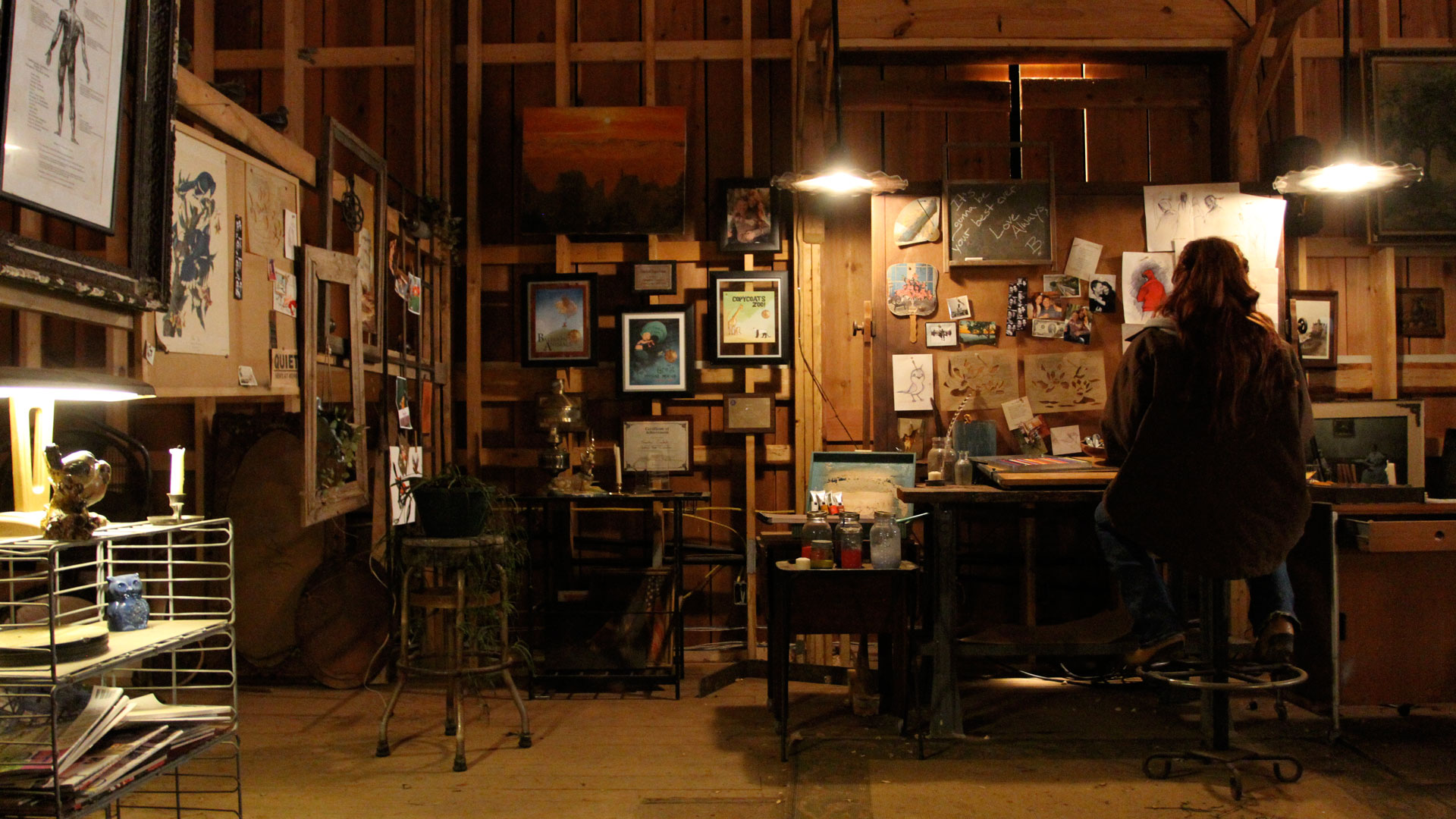
Production design of “Unconditional”. Courtesy of Amy Williams.
Kirill: Do you find that it’s connected to the rising level of productions, especially in episodic television?
Amy: One of the things you see in the industry is having less money, but also having higher expectations. It’s due to many factors, especially around the budget. You realize that you are an artist working for a corporation. The two are different animals, but luckily you work for a corporation that supports artists and lets us tell our stories.
Technology plays a big role in all of this, from research to photography to just the speed in which you can communicate your visual ideas with the rest of your team. It has sped up and amplified, and I think that certainly has helped with the overall production.
I think it also comes down to the viewer. They’ve become more discerning. They have better eyes for viewing these things, and that contributes a lot to the high mark that we try to reach on every show. And there’s also so much content out there, and there’s a lot of competition. If you’re not at the top of your game, things fall to the side [laughs].
Kirill: As you move between the feature world and the world of episodic / streaming productions, do you see shifts in where the more interesting storytelling is happening?
Amy: It’s really an interesting time to be in this business. The amount of diverse storytelling has increased. The acceptance of stories for people that didn’t have a voice even a few years ago has increased. It’s about the world opening up and about our industry opening up. There’s infinite stories out there that just haven’t been told. That is exciting, and those are the projects that I lean towards because I haven’t seen them on the screen and I want to be a part of that.
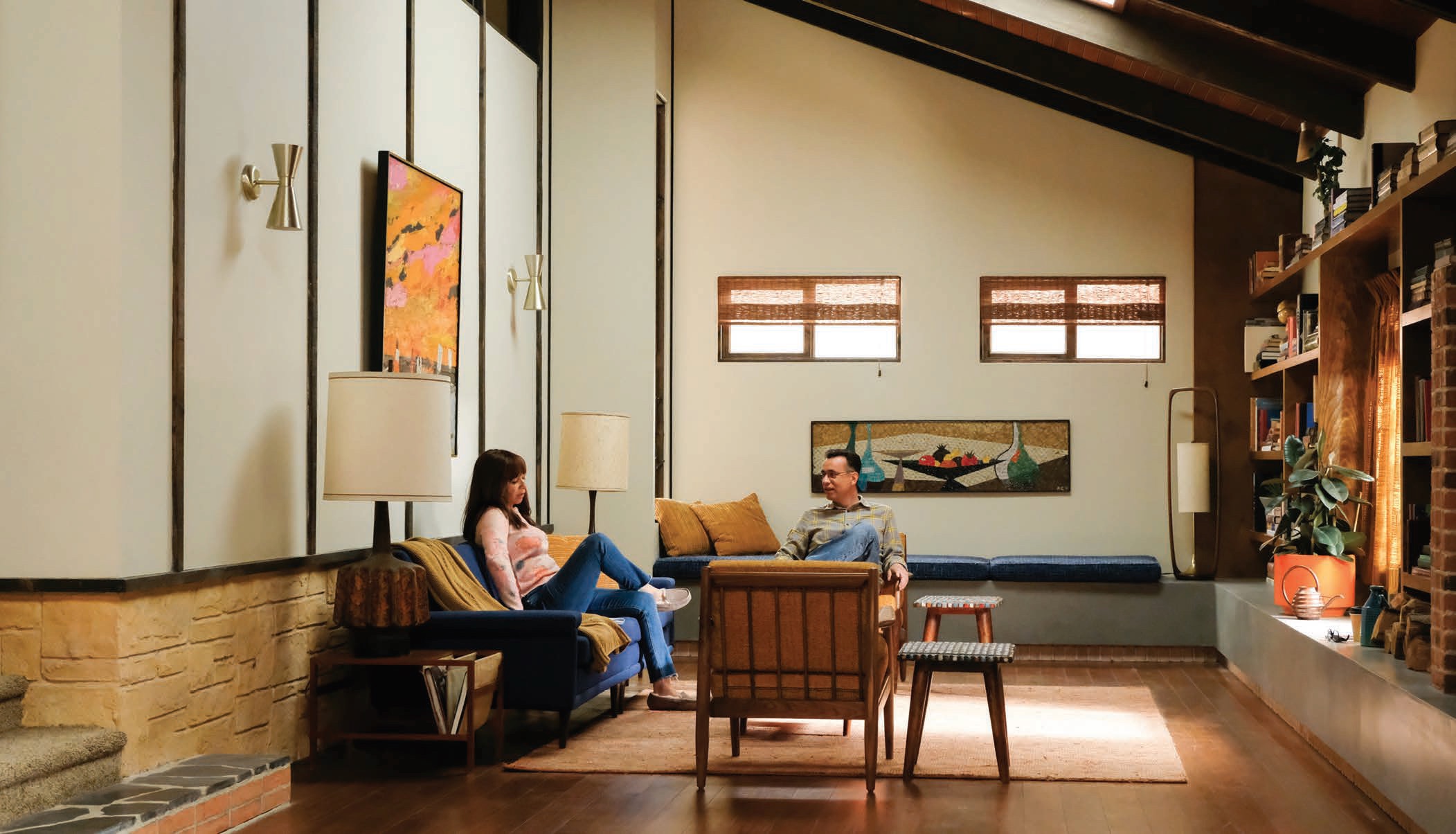
Production design of “Forever”. Courtesy of Amy Williams.
Kirill: As you look at the stories that you participate in bringing to the screens, do you want them to have social impact?
Amy: It can be social, emotional or representational. We spend so much time on these productions. We work 60-70 hours a week away from our families. So you want to work on something that’s meaningful, something that helps people. It gives it value, which does make it worthwhile.
Continue reading »
It certainly feels like this little web garden of mine is not quite done yet. Just a few short months ago I wrote about converting interviews to use immersive, full-bleed images. This is how it looked like back then:

Ever since I’ve been tweaking the custom layout of the intro section that combines the hero image, the title block and the name of this site (that leads to the main landing page):

Now this combined section starts right at the top, and layers all the textual elements along the horizontal edges of the hero image. It brings together all of these elements in a single, unified, cohesive space. And it also gives extra vertical space to the interview introduction to be visible above the fold. This particular journey started in May 2019, and it might just be getting close to its conclusion. Onwards to the next chapter!
Continuing the ongoing series of interviews with creative artists working on various aspects of movie and TV productions, it is my pleasure to welcome Tracy Dishman. In this interview she talks about the importance of script, changes in the world of feature and episodic productions in the last few years, working on contemporary stories, and the hidden complexity of everything that goes into bringing these stories to our screens. Around these topics and more, Tracy dives deep into her work on the just released “Inherit the Viper” that looks at the impact of the opioid epidemic – a story about three siblings at war with themselves and each other, whose lives are still poisoned by their long-dead father.
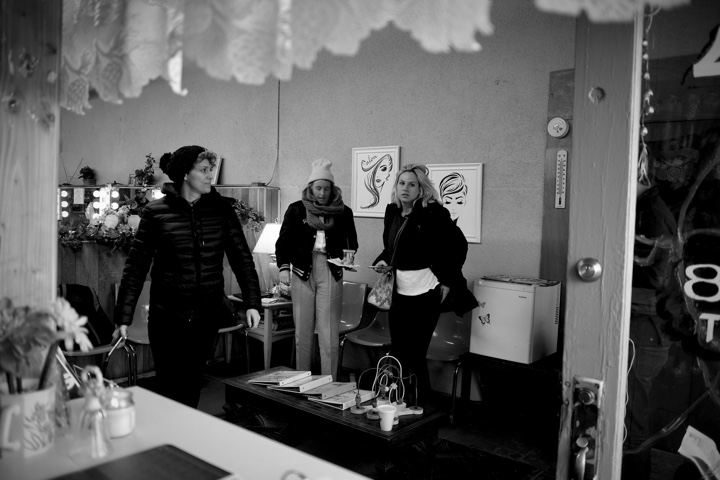
Behind-the-scenes on “Inherit the Viper”. From left to right – production Designer Tracy Dishman, assistant art director Maggie Kimball, art director Prissy Lee. Photo credit Dodd Vickers. Courtesy of Tracy Dishman.
Kirill: Please tell about yourself and how early did you know that you wanted to be in this industry.
Tracy: I’m Tracy Dishman and I’m a production designer. I only started designing about 4.5 years ago. I got into the industry around 2005, and I did not go to school for it. I didn’t even know that working on movies was a job that people could have, and I have a more eclectic, rambling path into the industry.
Kirill: What drew you into it?
Tracy: I moved to LA on a whim. I happen to have a lot of friends who were in the industry, and I found myself with a liberal arts degree and no job. It was a time when there were a lot of people making shorts and little indie films. It was around 2005 in Los Angeles and there was a big rush of digital. You could just go get a camera and go make something. It was a fun time to be here and my friends just threw me on a set. I went and I did that, and I’ve been parlaying ever since.
I found that I really loved the environment and the creativity, and I’m good at it. Who knew? [laughs] I’ve learned it on-the-job, sort of baptism by fire, and worked my way up.
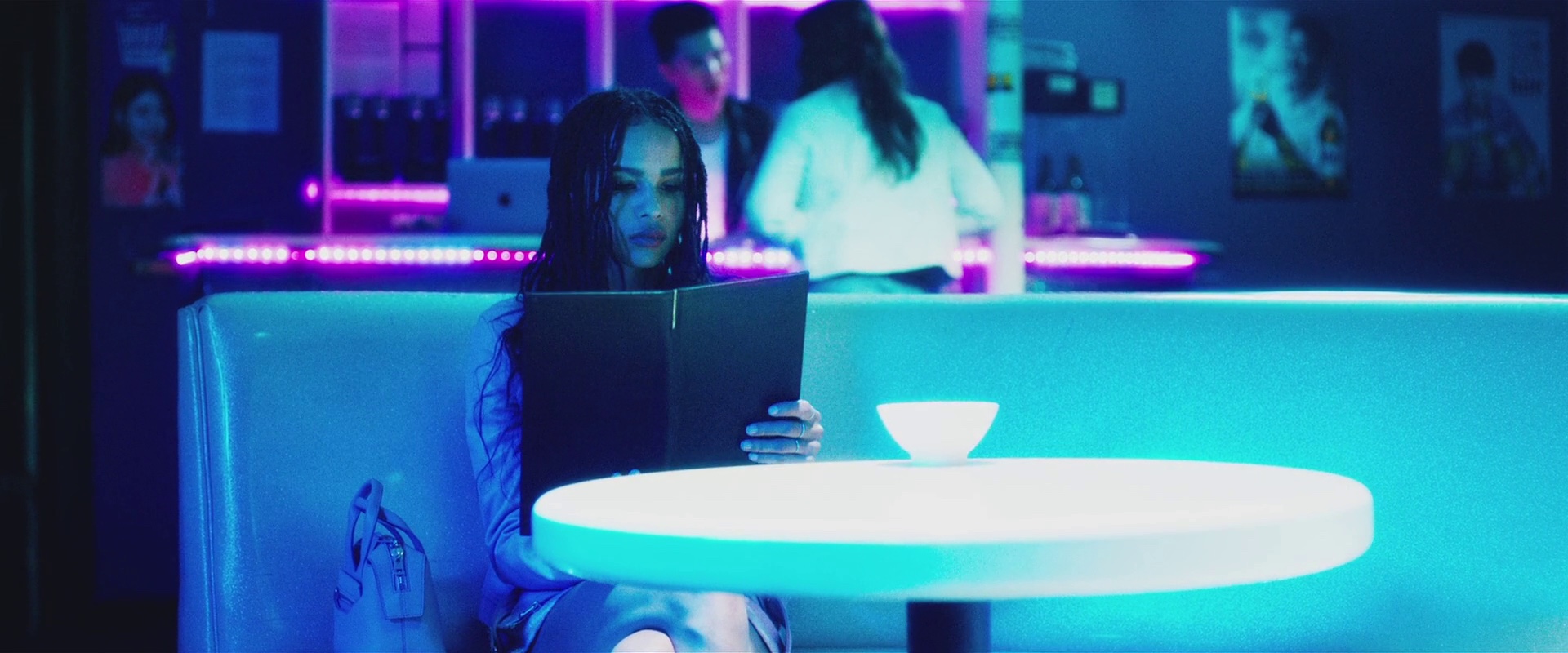
Production design of “Gemini” by Tracy Dishman.
Kirill: Was there anything particularly surprising or unexpected for you when you joined your first production?
Tracy: The whole thing – it’s nuts, and I had no idea. It’s insane how many people it takes to make a movie and the efficiency of it is crazy. I come from a military family, with a conservative lifestyle.
I thought that my liberal arts degree, my art community and my more bohemian lifestyle were the furthest thing from my military upbringing, but in fact there are a lot of overlaps between military life and filmmaking. It’s scheduled and regimented. People have their designated roles, and things need to happen with efficiency and on time. When I go away for a job for three months, it’s like being deployed. Who knew that you can’t escape your destiny?
Kirill: Stretching this a bit, probably you can question orders and push back, depending on your director.
Tracy: Sometimes. It depends on the director. It depends on your relationship with people. You need to checking your motives. Why am i pushing back? Is it a creative dispute? Is it a logistics dispute? There’s so many personalities and so many things to navigate on a shoot. It’s exciting, I love it.
Kirill: How do you know that the production is right for you when you choose your next one?
Tracy: I am a sucker for the script. It’s really important for me to connect with the script. It’s also about people. Usually I do an interview with the producers and the director. I want to know who the costume designer and the DP is, and I want to know what talent is attached. Then I ask if it’s going to be out of town, what’s the budget, etc. But it really starts with the script.
It doesn’t matter how much you throw at it. If the foundation isn’t there, it shows.
Kirill: Do you feel that there’s a lot of technological changes happening around you in the last few years?
Tracy: Yes and no. As far as technology goes, the HD aspect has affected design. We have to be very careful with our patterns, wallpapers, wood grains, fabrics because of the sensitivity. Technology is almost too good. It’s hyper-real. We have to make sure that things don’t and we have to make sure that things don’t moire and that you still have a natural feel to things, despite the crispness of the image.
But I would say that the big changes right now are more in the way the industry runs. Pilot season is not what it was. Your pilot season is year-round now. You’re not doing a 3 month pilot and then getting a 22 episode order for something. You’re doing a straight-to-series 10 episode order and then you see if it works. The big change is how production companies are investing the money, the stories that they’re telling and the chances that they’re taking.

Production design of “SKAM Austin” by Tracy Dishman.
Kirill: Do you see a certain tension between the worlds of feature film and episodic / streaming productions as far as where the more interesting storytelling is happening?
Tracy: I think we all know TV is where it’s at right now, and that is hard for people to adapt to – at least for people who are maybe used to the Golden Age of mid-range features. Those just don’t really exist the way that they used to. I can do million-dollar movies all day long, and then maybe there’s one Marvel out there. But that sweet spot of 10 to 30 million dollar movies where people used to do the risk-taking, that field of diverse voices – it’s all on streaming and cable now. It’s on Netflix, on Hulu, on Amazon, on HBO, and probably a few more.
It’s where people are taking their chances. And you just get more eyeballs there. With the streaming anyone can watch it anywhere. You don’t have to get someone into a theater to support the work. It’s the path of least resistance.
Kirill: Do you think it’s harder to capture the audience when there’s so many more productions “fighting” for the audience?
Tracy: It’s almost like yes and no. There is a saturation of content. There’s so much out there. Have you see this, have you see that, have you seen that other thing? There’s not enough hours in the day for people to watch all of it. And at the same time people are watching things that they never would have watched before – just because it’s on the homepage of Netflix. It’s being suggested and they play next episode.
Kirill: You’ve been doing productions in both of these worlds since you’ve started. Do you have a preference either way?
Tracy: I like both. I like the stability of a TV show, and I like knowing that I’m going to be somewhere for a little bit. We’re always getting new scripts. You’re always doing research, you’re always scouting, you’re always prepping as you go along. With features you get it all up front, you nail it all up front, and then you turn it over to the shooting crew.
My heart is in indie film, but my paycheck is in television [laughs].
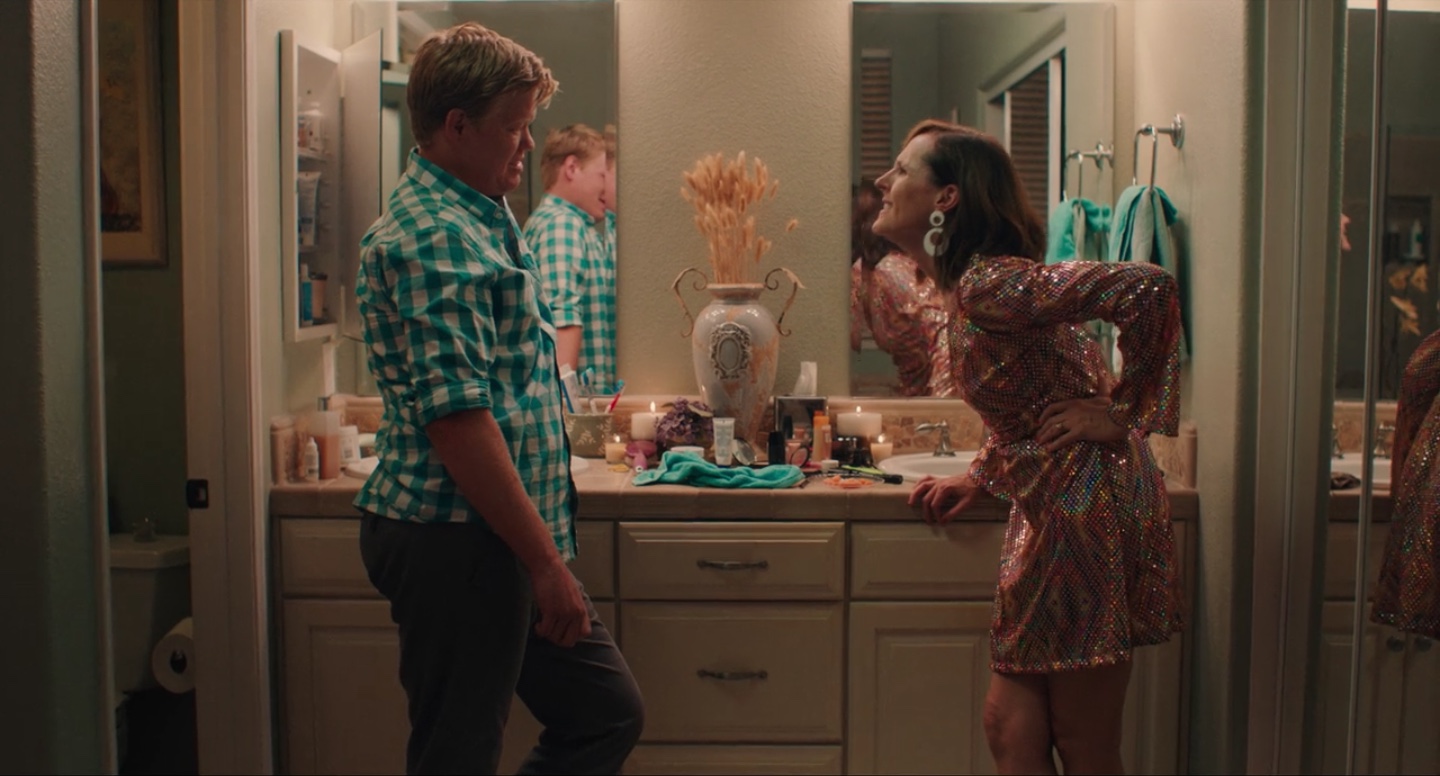
Production design of “Other People” by Tracy Dishman.
Continue reading »
![]() Kirill: Please tell us about yourself, and the path that took you to telling these stories.
Kirill: Please tell us about yourself, and the path that took you to telling these stories.![]()